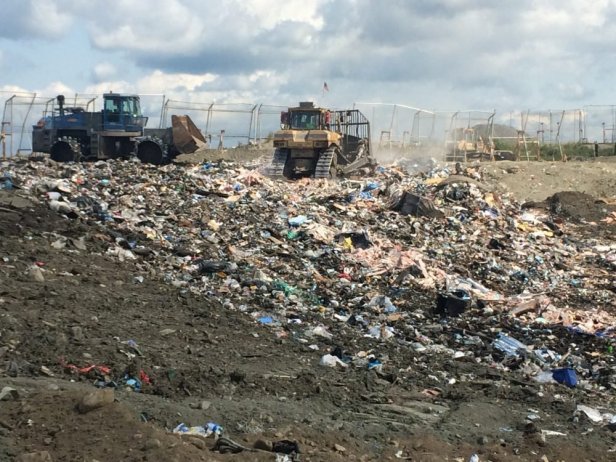U.S. EPA’s Interim Guidance on PFAS Destruction and Disposal lacks adequate precision
By Jeffrey Karp, Edward Mahaffey, Graham Ansell, and Brett Winters | JDSupra | January 21, 2021

Read the full article by Jeffrey Karp, Edward Mahaffey, Graham Ansell, and Brett Winters (JDSupra)
“Section 7361 of the National Defense Authorization Act (‘NDAA’) for Fiscal Year 2020 requires the US Environmental Protection Agency (EPA) to ‘publish interim guidance on the destruction and disposal of perfluoroalkyl and polyfluoroalkyl substances and materials containing perfluoroalkyl and polyfluoroalkyl substances,’ reflecting increasing concern about the human health risks posed by these substances, commonly known as PFAS. On December 18, 2020, the EPA issued the interim guidance document, on which it will accept public comments until February 22, 2021.[1] However, as discussed below, the guidance appears to be prematurely issued, given EPA’s uncertainty throughout in advising on the likely efficacy of various PFAS disposal and destruction methods.
Scope of Guidance
The stated intent of the guidance ‘is to identify and describe technologies that may control releases of PFAS waste to protect human health and the environment.’ However, it ‘is not a rule and it is not a statement of policy.’ Nor does it ‘establish what concentrations of PFAS in wastes, spent products, or other materials or media would necessitate destruction or disposal.’[2] Moreover, the guidance does not address PFAS-containing consumer products. Instead, it discusses the different types of PFAS-containing substances identified by the NDAA; potential technologies for destroying or disposing of them and the costs and benefits of these technologies, including uncertainties regarding their efficacy; some specific public health and environmental justice considerations regarding PFAS disposal; and planned research into PFAS disposal.[3]
Overview of Recommendations
The interim guidance tentatively recommends four approaches to PFAS disposal ‘in the order of lower uncertainty to higher uncertainty,’ i.e., from most to least certain to prevent PFAS from entering the environment.[4] The first of these technically is not a disposal method at all, but rather a catch-all approach, as follows: ‘interim storage… until research reduces the uncertainties associated with other options.’[5] The guidance document, however, does not discuss ‘interim storage’ methods in any detail; it merely recommends ‘following manufacturers’ recommended best management practices as well as in accordance with any relevant industry, federal, state, or local requirements or guidelines.’[6]
The second approach is the use of underground injection wells, specifically the deep injection wells classified as ‘Class I’ under the EPA’s underground injection control program.[7] The interim guidance only recommends this approach for ‘liquid-phase waste streams,’ however.[8]
The third approach uses permitted hazardous waste landfills regulated under Subtitle C of the Resource Conservation and Recovery Act (RCRA), which of all types of landfills ‘have the most stringent environmental controls in place and higher potential capacity to manage the migration of PFAS into the environment.’[9]
The final and thus most uncertain of the recommended approaches is the use of ‘[s]olid waste landfills (RCRA Subtitle D) that have composite liners and leachate collection and treatment systems.’ They ‘receive non-hazardous waste and tend to have environmental controls commensurate with the waste they receive,’ although such “controls can vary from state to state.”[10]
The interim guidance also discusses two other PFAS disposition possibilities that it deems subject to even greater uncertainty than the four recommended ones: ‘Hazardous waste combustors’ and ‘[o]ther thermal treatment…”‘[11]
This content provided by the PFAS Project.
Location:
Topics: